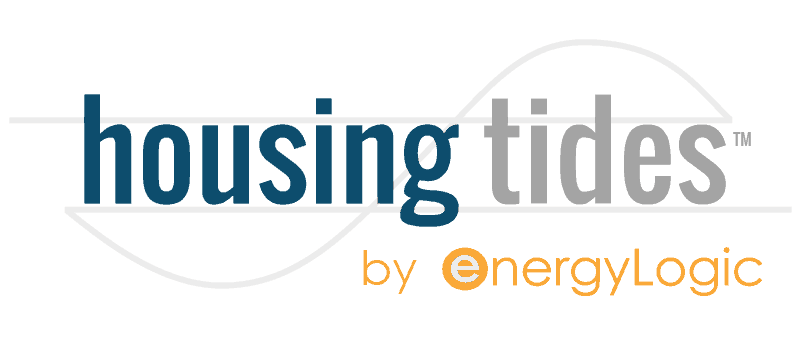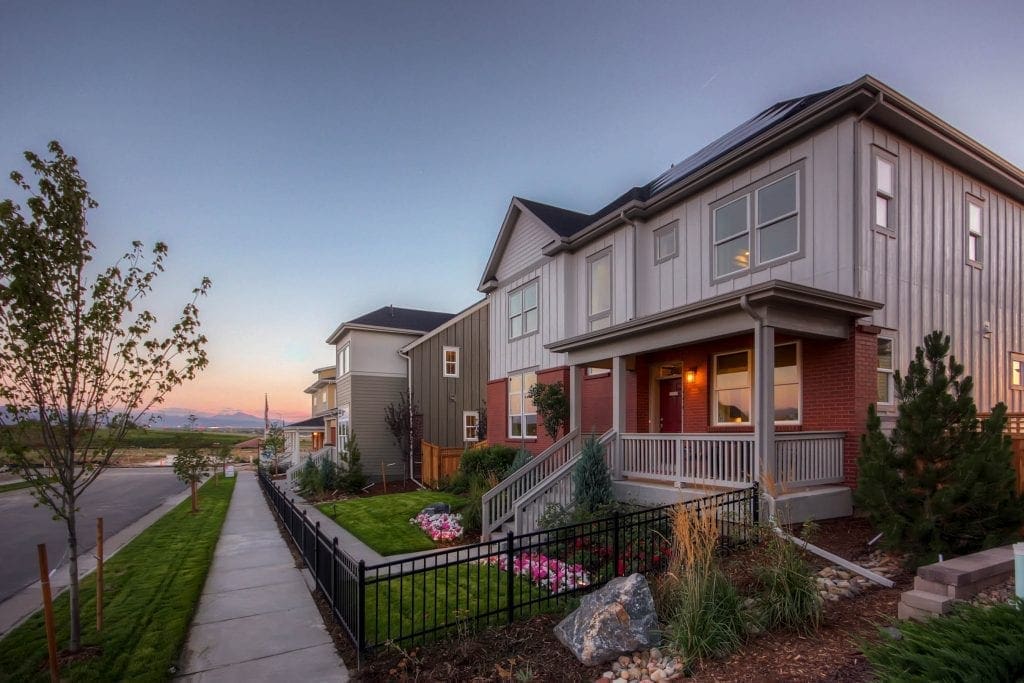Sustainable building is one of homebuilders’ greatest, but largely unseized, opportunities.

“There is no company whose business model won’t be profoundly affected by the transition to a net-zero economy – one that emits no more carbon dioxide than it removes from the atmosphere by 2050, the scientifically-established threshold necessary to keep global warming well below 2ºC.”
Scale and Scope of the Opportunity
Housing represents a substantial portion of the overall U.S. Gross Domestic Product (GDP). The total, including spending on new construction, remodeling, services, etc. it is around 15-18% of GDP.
For our purposes, we are interested in the contribution of residential new construction alone. According to analysis from the Leading Builders of America, that was 2.9% in 2018 and 2.3% in 2019. While relatively small compared to all GDP, homebuilding has been a very bright spot in the pandemic-affected economy.
Housing as a contributor to carbon is, of course, a much larger share as we have over 130 million existing homes in the U.S. The residential sector accounted for 16% of carbon in 2019, according to the Environmental Protection Agency (EPA) and the Energy Information Administration. Over the past three years, we’ve roughly averaged building 1.3 million new residential units annually. New residential construction is adding about 1% annually to U.S. housing stock.
There is a tremendous opportunity to reduce household carbon emissions in U.S. housing’s existing stock (perhaps we’ll dive into that in a future piece). But for now, we are focused on new construction and the opportunities there.
Consumers' Moment to Choose Efficient Homes
For individual Americans, there are myriad ways to reduce personal carbon impacts. How we eat, how we travel, and how we shop are obvious places to focus.
Perhaps no more significant opportunity will present itself to families than when they buy a newly constructed home.
We know today how to build net-zero homes. It’s not a mystery and homebuilders across the U.S. are already doing so.
While energy codes have compelled builders in many areas to build substantially more efficient homes, we still have work to do. Yet, we’re not that far away from where we need to be when we take solar energy into account.
Builders Have the Chance to Lead
The homebuilding industry has a tremendous but largely unrealized opportunity to be not just part of the solution to our climate challenges, but lead the way.
The transportation industry is rushing toward solutions. Price parity between electric and fossil fuel-powered vehicles is on the near horizon. Tesla has, of course, led the way in vehicle electrification. European car manufacturers are moving wholesale and as quickly as possible to phase out fossil fuels. GM and Ford, the two largest U.S. manufacturers, are committed to an electric future. These organizations are making these moves to remain competitive and align with Wall Street’s increasing focus on climate change imperatives, the E of ESG (Environmental, Social and Governance criteria) mandates.
Homebuilders can and should make similar moves.
Ready to explore the depth of data in Housing Tides?
Sign-up for a Housing Tides account to access the interface and dive into the data!
For a limited time only, we're offering complimentary access to Housing Tides. Don't miss out!





